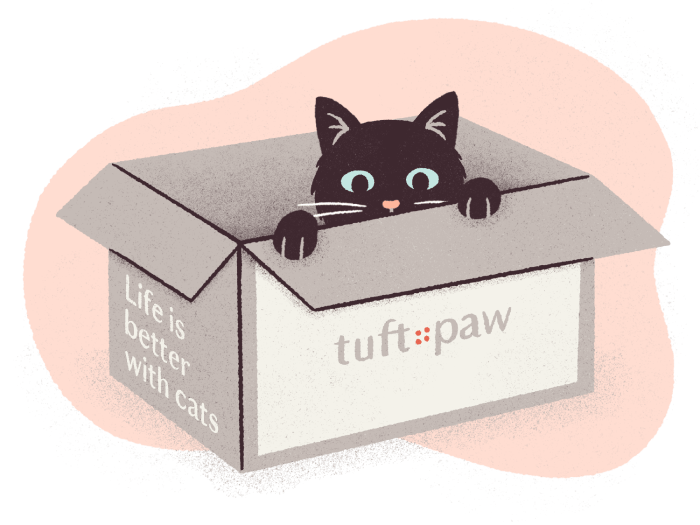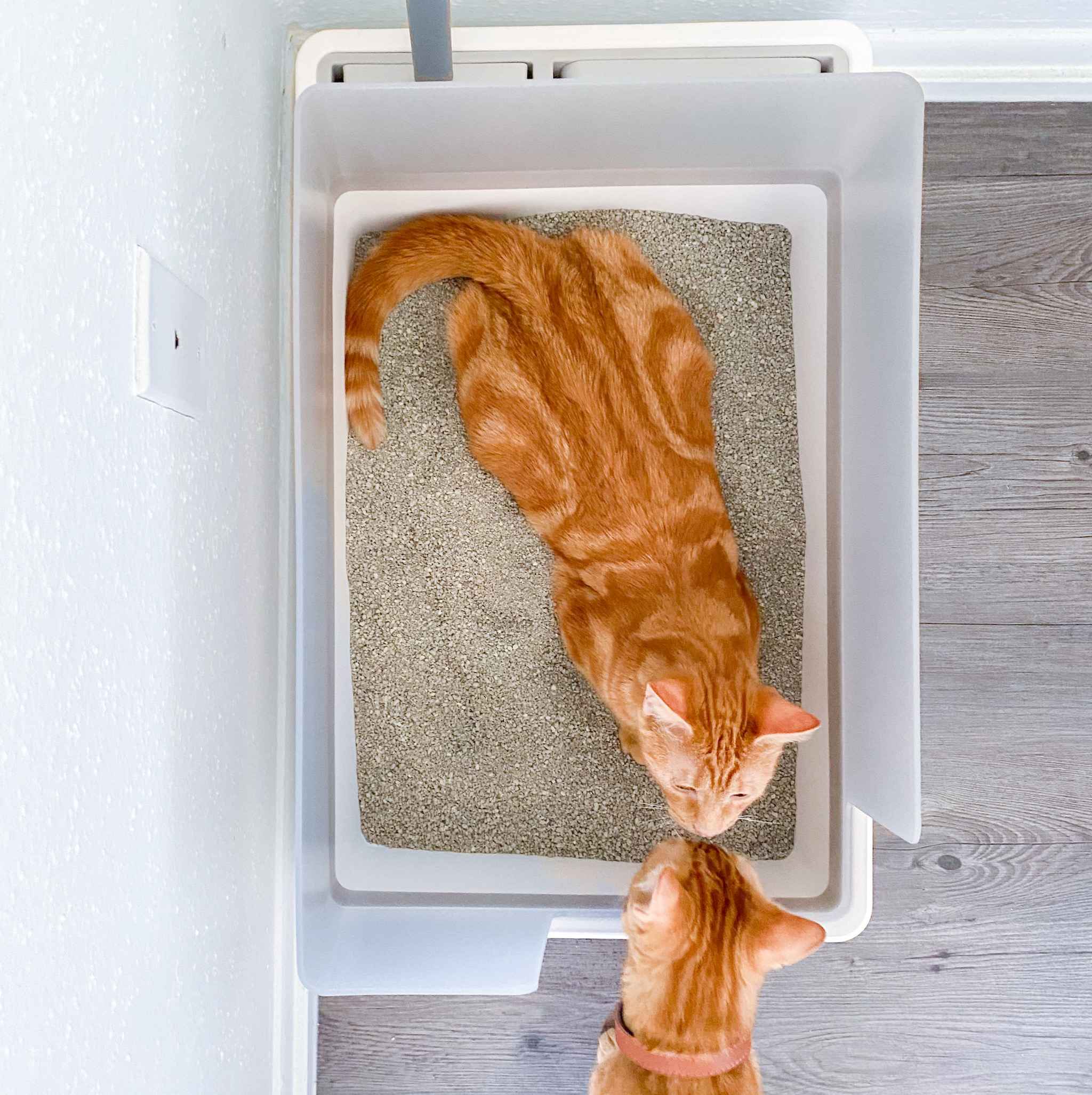It's a hot one out there. During these summer heat waves, it's more important than ever to keep a close eye on your cat and help ensure they're keeping comfortable.
We all know dogs pant to keep themselves cool but did you know that cats don't pant until they're overwhelmed by heat? A cat's normal temperature range 38.6°C to 38.9°C and if an animal's environmental air isn't cooler than their internal temperature, they're at risk to succumb to heatstroke.
Some types of animals are more susceptible to overheat like seniors, obese/overweight, and brachycephalic breeds (ex. Persians and Himalayans)
Watch out for these
signs of heatstroke:
o Panting, open-mouth breathing
o Drooling, salivating
o Vomiting or diarrhea
o Lethargy, weakness, collapse, seizures
o High body temp, rapid heart rate
If you start noticing these symptoms, move the animal to a cool and shady place immediately. Use a fan and chilled cloth to cool the animal while contacting your veterinarian. Do not use ice, as this can possibly make their heatstroke worse. Once you've contacted your
veterinarian, it's likely they'll want you to bring your pet in ASAP.
Dealing with a health scare is never fun for you or your cat. Here are few ways you can try to avoid heatstroke altogether and keep your cat safe and comfortable and these temperatures climb.
Food
Cats don't sweat but they do release heat through their tongue, nose and footpads! This is an excellent opportunity for owners to not only keep their cats cool but provide seasonal enrichment.
Freezer treats in ice-cube trays are yummy and provide lots of options. Freeze catnip mixed with water, tuna brine (no salt!), chicken broth (no salt, onion or garlic!) or some high-value food like Inaba Churu. Try freezing your cat's daily wet food and give it to them during mealtime.
A great way to keep their tongue, nose and toe beans cool is to drop these cubes on a hard floor and encourage your kitties to bat them around!
Water
Cats naturally love drinking running water. In the wild, running water is less likely to harbour bacteria and diseases that would make them sick. Consider investing in a water fountain and be sure to change the water daily.
Provide lots of bowls of fresh water with ice cubes in shady spots around the house. Remember to keep them away from the litterbox!
If you have an outdoor space, leave a fresh bowl of water outside for outdoor cats, birds and even bees to replenish their fluids!
Environment
If you're lucky enough to be in the middle of home renovations and have extra ceramic tiles, place them in the freezer and allow them to thaw a little before allowing your cat access to it. Consider donating extra tiles to animal rescues as their buildings often don't have air conditioning and their animals can easily fall prey to heat-related illnesses.
Owners can also freeze water bottles and place them in a shaded area for your cat. Try placing an icepack under a light blanket in your cat's bed.
Allow cats access to cool floors (linoleum, tile, hardwood, concrete etc.) and keep your curtains closed to keep the air cool! Have a fan running in these cool rooms so your cats have the option to sit in front of it.
If your home has air conditioning, leave it on for a few hours to keep a room cool for your cat.
Always remember to check sheds and garages before shutting doors. Cats, especially outdoor cats, can squirm their way into places to find a cool spot, but don't want to be trapped without access to food and water!
Grooming
Be sure to brush your cat daily, especially if they're medium or long-haired. Matts of hair or old hairs can trap heat and contribute to overheating faster. You may notice your cat grooming more than usual, that's because their saliva evaporates off their fur and helps keep them cool. You can lend a paw by gently wiping their head and down their back with a damp, cool cloth.
Lastly, try to keep playtime to early mornings or later in the evening when your home has had time to cool down.
We hope these tips will help you and your cats stay safe and cool this summer!





